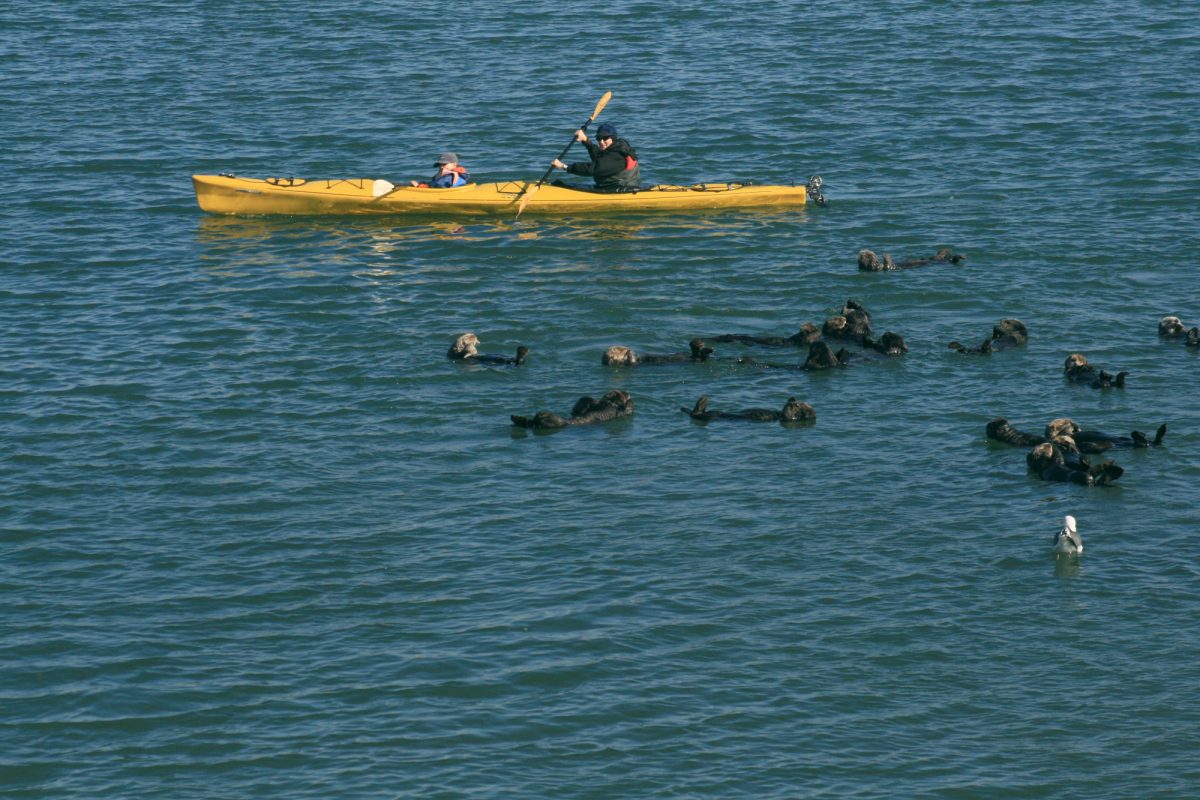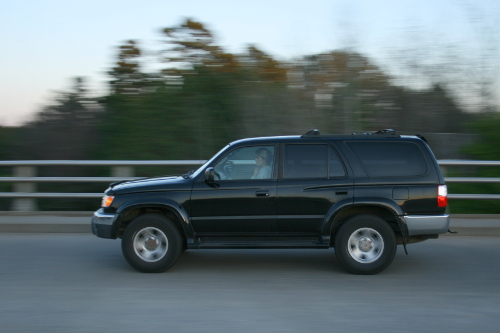We have a vacation house in Wellfleet, on Cape Cod. A twenty-minute walk through woods and marshes gets me to a public beachfront on the bayside. It is a hidden gem with extraordinary sunsets and ten-foot tides.
For as long as I can remember, there have always been rowboats, canoes and occasional kayaks stored at the beach front. We also stash an oldish canoe there. The boats are not locked, everyone just ties up to a wooden fence that town authorities installed for our convenience. A couple of years ago, they built a long rack for storing an increasing number of these vessels, evidently to protect the fragile beach grass from being trampled when the boats were dragged back and forth by their owners.
I noticed over the past three or four years a rapid proliferation of kayaks. Every year there would be more of them. This past year I counted approximately forty. The storage rack is already full and excess boats just came to be stored out on the sand.
Now, a kayak is a good choice for these waters because the frequent winds make a heavy canoe difficult to navigate. So we decided that we also wanted a kayak of our own. Before buying one, which is not a big expense, I set out to study other people’s kayaks in order to decide on the style most appropriate model for us. The first thing I noticed was that the boats were hardly ever used; each kayak is always in the same precise location. Whenever I am in the area, I rarely ever see anyone launching their personal kayak.
So is it not possible for us to share these boats among ourselves, rather than keep adding new ones? I estimate that there are about 200-300 houses for which this beachfront is regarded as “their beachfront,” so the prospect of more vessels on this tiny piece of sand and grass is very unappealing. I created a laminated sign and put it up there. So far, no responses.



